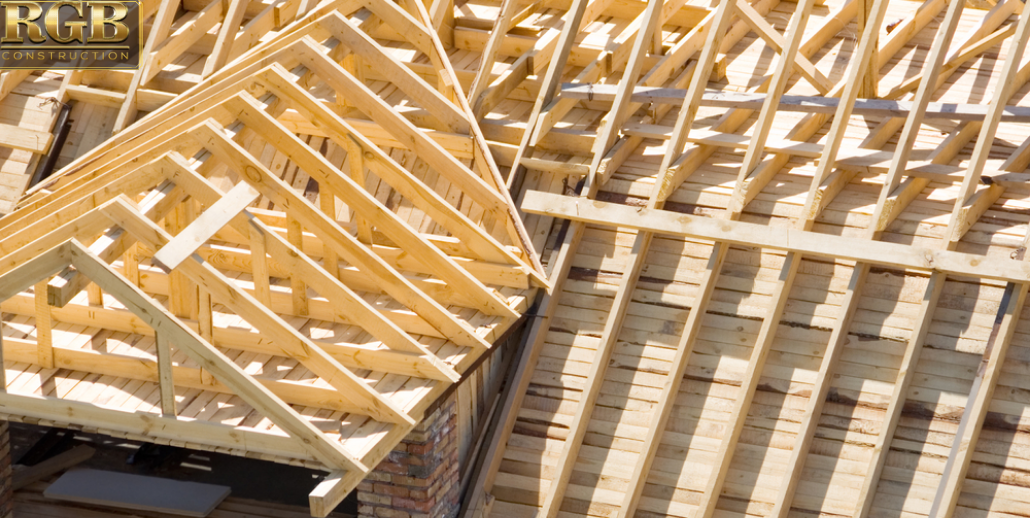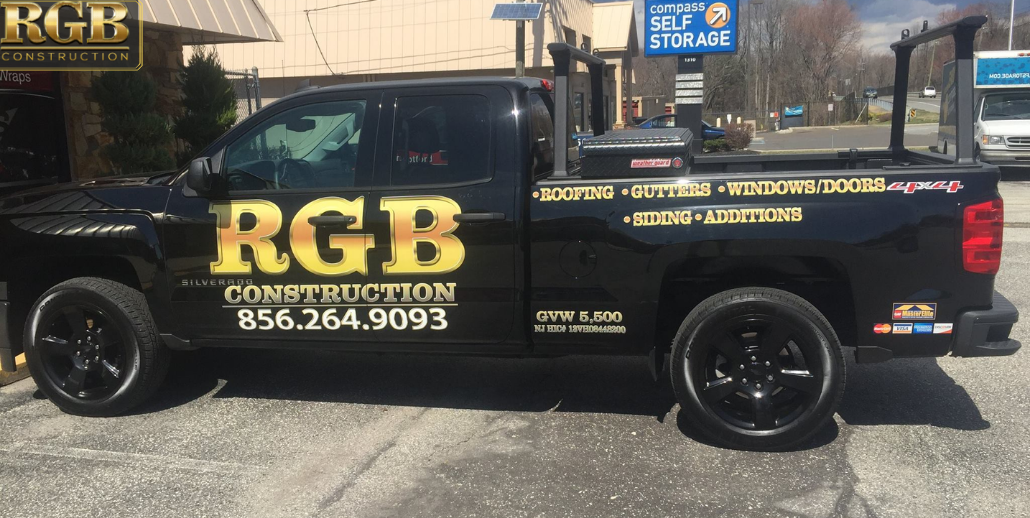Consistent leaks, mold growth, and shingle loss are all signs that your current roof has reached the end of its lifespan. It is time that you think about replacing your roof. While many homeowners believe that you have to strip away everything from that existing roof, that is not always the case. If the shingles and structure are in great shape, your roof replacement service might apply more shingles over the first or second layer. This is a cost-effective option for many people, but is it a good choice? Here is what you need to know about adding additional shingle layers to your roof.
How Many Layers Of Shingles Can You Add To An Existing Roof?
Depending on your community, specific building codes may be in place for your roof. Some regulations allow for only two layers of roofing. On those steeper roofs, you may be able to add a third layer. You could even face restrictions on the types of roofing materials used for your home. In many cases, multiple layers of roofing materials can be placed on your roof. However, adding a second or third layer is not always a good idea.
Before adding more materials to your roof, find out how many layers are currently on the home. If you already have the first layer, you could have the roofers add another one. For homes with a second layer, you might be pushing your roof to the limit and need to schedule a complete teardown.
Pros And Cons Of Layering Roofing Materials
There are several benefits to adding another layer of roofing materials to your home. In many cases, it does save time on the project since you will not have a day of tearing off existing materials. Along with that, you don’t have to worry about disposing of the old shingles and other materials. More importantly, it is a cost-effective option.
The drawbacks of adding a second or third layer of shingles are significant. Typically, finding leaks and repairing the damage on a single-layer roof is straightforward. Many residential roofing contractors can fix the problem within a few hours. Fixing a double- or triple-layer roof is more complicated. Water leaks are harder to find. Once the leaks are discovered, they can be harder to repair since the water has saturated several layers of materials. As you have guessed, these repair jobs are more expensive and time-consuming.
You Need A Good Foundation
If you want to add another layer of shingles, you need a solid foundation. The wood between your shingles and attic is called sheathing or decking. In many situations, when the shingles need to be replaced, there is probably damage to those wooden components. Always replace any spongy, rotten, or brittle decking. You never want to place new shingles over damaged wood.
Additional Layers Add Weight
Adding another layer of shingles can put a strain on your home’s structure. One layer of shingles and roofing material will weigh about 2 tons. If you add a third layer, you could end up adding up to 4 tons to your home. Before installing more shingles on your roof, ensure that the structure can handle all of that additional weight. You don’t want to put added pressure on your roof that can cause a collapse.
A Second Or Third Layer Can’t Regulate Temperatures
A single layer of shingles can properly manage your home’s temperature. When you add another layer, those changes will increase your roof’s mass and reduce its ability to regulate temperatures. In warmer environments, that can cause the asphalt to soften and become less resistant to impacts. Plus, extra heat can become trapped in your attic. For those in a cold climate, snow will thaw less quickly, leading to ice damage. Those cold temperatures will make the shingles more brittle, and your attic will remain cooler for a longer period of time.
Most Shingles Need A Flat Surface
New shingles need to be applied to a flat surface. Wrinkled felt underlayment and rough shingle textures can make your top layer look lumpy. You don’t want to place an additional layer of shingles over old ones, especially if that initial layer is chipping or curling. Even after you have put another layer of shingles on your roof, it may take months to notice those bumpy eyesores. As the temperatures warm up, you might see that the new layer is bubbling. Using lower profile shingles, such as three-tab ones, can avoid these issues. These shingles make a wavy pattern across the roof so that the bumps are less noticeable on your home.
When you want to add another layer, stick to the same materials. For example, if you have an asphalt roof, you don’t want to use wood shakes for the second or third layers. Once again, your roof will have an uneven appearance. Along with that, you might be violating your local building codes. These materials react differently to temperature and humidity changes, leading to disastrous consequences for your home.
Additional Layers Have Insurance Complications
When you add a second or third layer of roofing to your home, you might have trouble finding insurance. In most cases, the insurance company will not cover your roof. If you find a company that offers insurance, they might just cover the top layer of the roof. You will have to pay out-of-pocket for any damage to the older layers, including the decking, underlayment, and first layer of shingles. In addition to that, you can expect to pay a higher premium, meaning more money for less coverage.
While adding a second or third layer of shingles might seem like a great way to save money, it is rarely a good option. In the end, you will pay more for repairs and put your home at risk for damage.
We Can Handle Your Roofing Repairs And New Installations
If you are searching for experienced roof installation services, reach out to RGB Construction. Our team will find the right replacement or repair options for you. Schedule a consultation by calling 856-264-9093.









